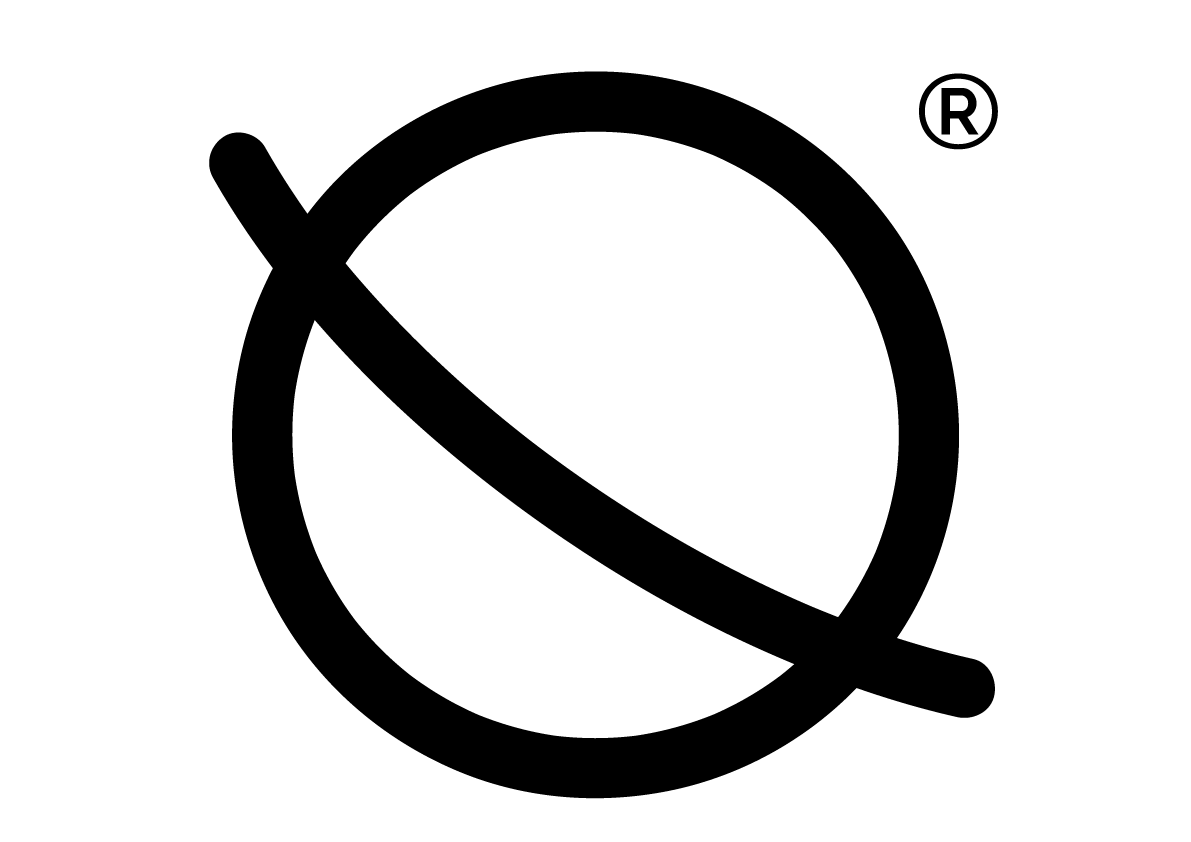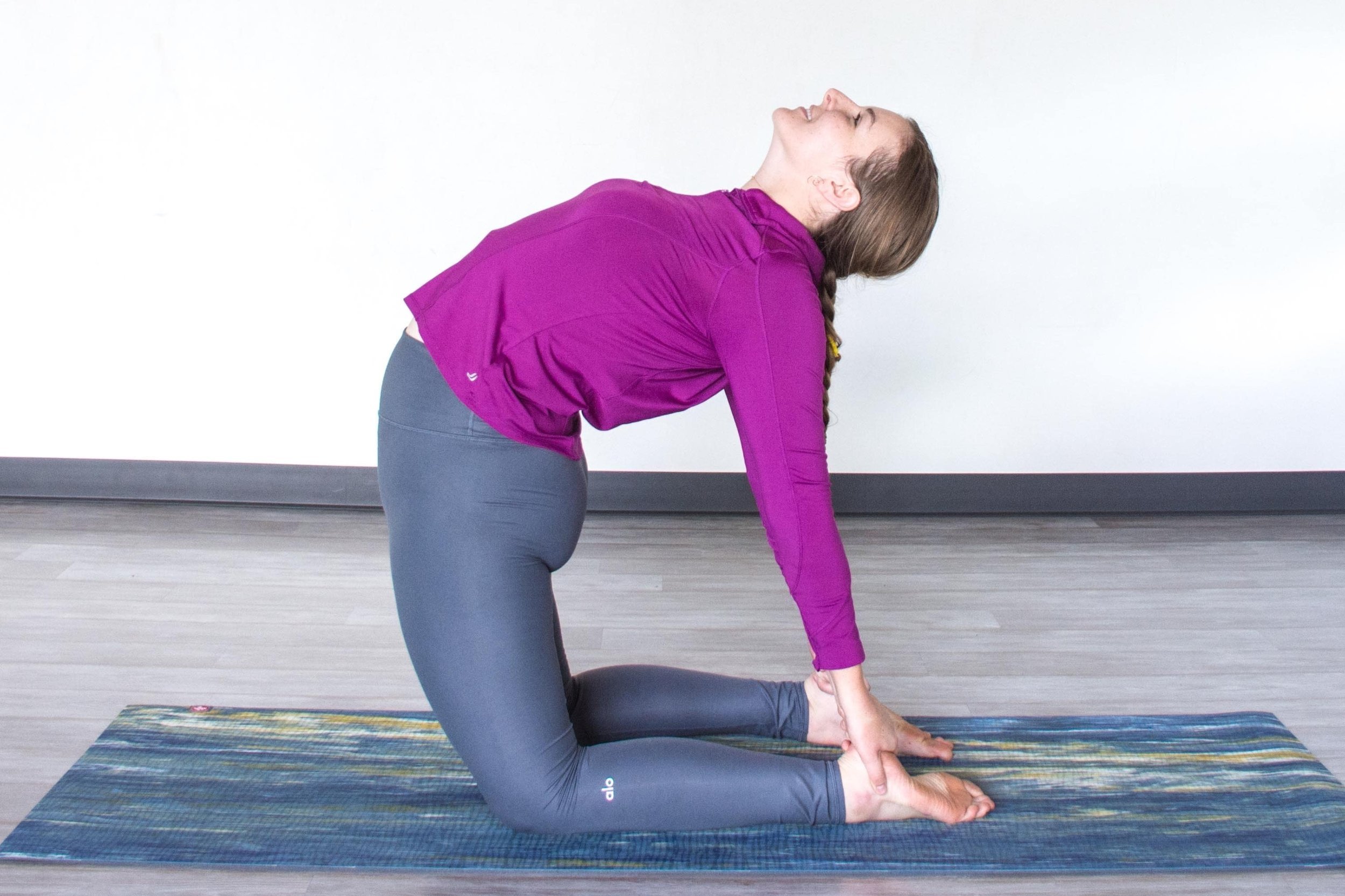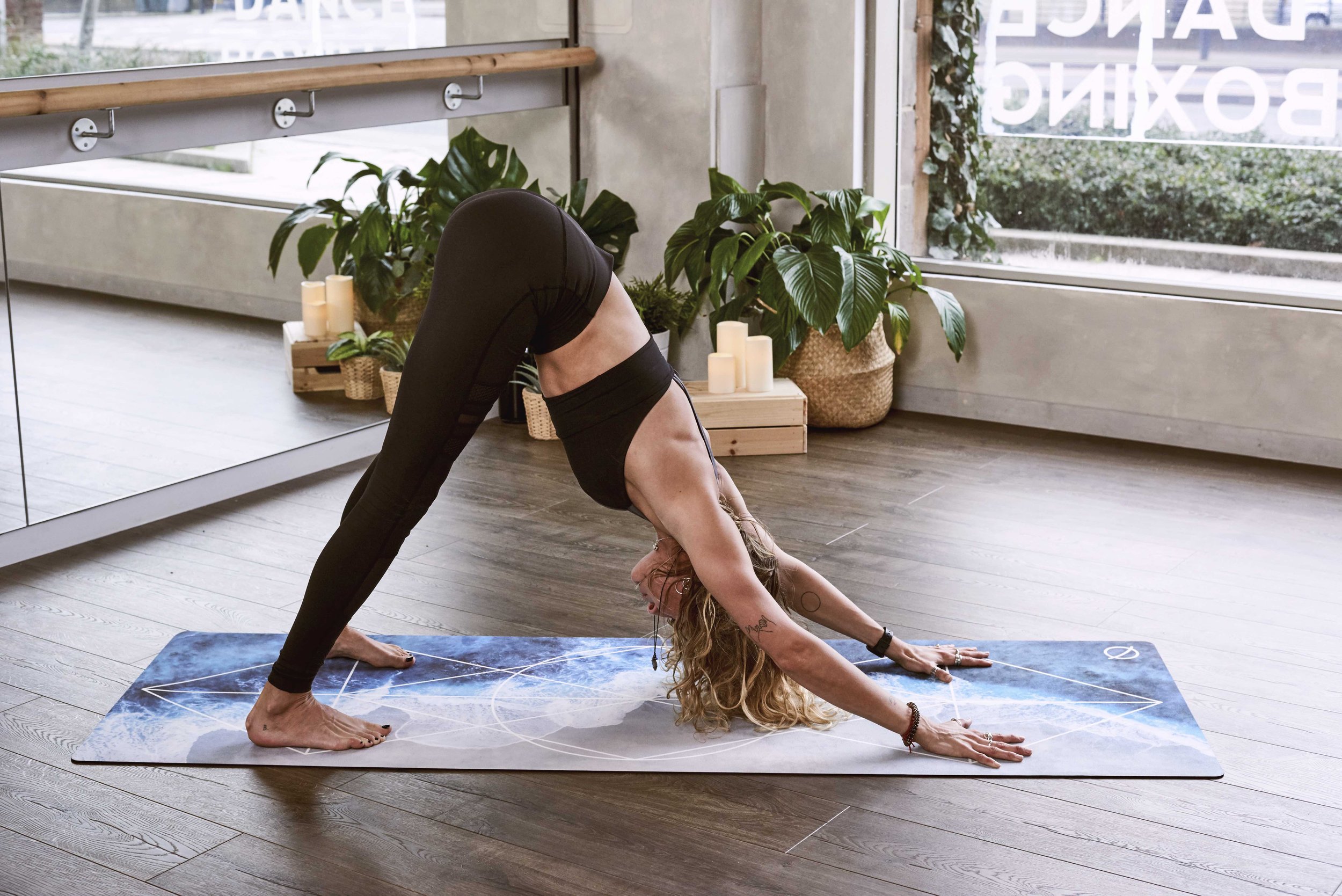Yoga poses for back pain + good posture
We all crave good posture. After all, long hours spent working from a desk with computers or laptops have worsened our posture over time. And, while our posture worsens, problems such as back or neck pain appear.
This has been exacerbated by the lockdowns during the Coronavirus pandemic and, with most of us working from home unsuitable chairs. In fact, over 80% of people working remotely in the UK during 2021’s lockdown said that they had back, shoulder and /or neck pain (BBC).
Luckily, certain yoga exercises can be really effective at treating back pain, as it stretches the big muscles that can have an effect on posture - shoulders, core, back and neck.
Ready to jump in? Here are some of our favourite asanas for you to try:
Cat-Cow
This asana is a great way to stretch your spine, neck and shoulders. This stretch activates the tailbone and releases tension of the neck and upper back, giving you a good stretch that can also melt the day’s stresses away.
How to do it:
Start on all fours, with your hands under your shoulders and your knees directly under your hips. Place your shins and knees hip-width apart. Center your head in a neutral position and soften your gaze downwards.
On your next inhalation, move into cow pose: take a deep breath in as you lift your chest, dropping your head backwards, fixing your gaze to the ceiling and drop your belly towards the mat. Keep your tailbone towards the ceiling.
Feel the stretch across your chest, shoulders and hips.
Then as you exhale, move into cat pose: pull your navel towards your back and arch your upper body upwards. Let your head drop, releasing the back of your neck and stretching through your back.
When you are ready, bring your spine back to a neutral position.
Repeat as many times as you wish.
Camel or half camel pose
This deep back stretch will open the front of your body and give your shoulders a good stretch - however, bear in mind that it can put a lot of strain on your lower back. Start off with half camel if you haven’t tried the pose before.
How to do it:
Start in a kneeling position, with your knees hip-width apart.
On your next inhalation sit up and lift the crown of your head towards the ceiling.
As you exhale, bring your hands to your lower back and drop your head backwards. Actively push your hip forwards and squeeze your bum and thighs
Bend backwards and carefully bring your right hand back to hold your right heel, lifting your left arm above your head. (If this feels too strenuous, keep your hands on your lower back)
If it feels safe, and it doesnt bother your neck, drop your head backwards.
Hold the pose for a few breaths.
To come out of the pose, inhale and bring your hands back to your lower back. Exhale and sit back on your heels.
Repeat on the other side.
For full camel pose, bring both hands down to your heels as you bend backwards.
Cobra
The aim of this pose is to give you a deep lower back stretch, while stretching your hip flexors, and opening your chest and the front of your shoulders for better posture. It will feel particularly nice after hunching over your laptop all day. Done properly, it can also help prepare your body for more advanced poses.
How to do it:
Begin lying face down on your mat with your head slightly lifted, hips glued to the ground, and hands sitting directly under shoulders.
Push yourself up as far as you can as you exhale, raising your body and legs until your arms are straight.
Remain here for a few breaths then slowly lower your upper body down to the mat.
Bridge pose
One of our favourites, Bridge pose, helps strengthen your back, glutes, legs and ankles, whilst opening your heart and hip flexors. It really is a whole-body pose as it also helps stretch the chest, neck, shoulders and spine. Beyond all the physical benefits, it also has a positive effect on the mind as it helps alleviate stress. The best thing about this pose is that it can be adapted to suit every person’s needs, including pregnant women.
How to do it
Start lying on your back with your feet planted on the floor and knees bent, about hip width apart and as close to your sitting bones as possible. Have your arms by your sides.
Exhale and bring your hips and bum upwards by pushing actively through your feet and arms. Keep your thighs and inner feet parallel.
If comfortable, clasp your hands below your pelvis and extend through the arms to stay on the tops of your shoulders.
Lift your bum until your legs are parallel to the floor, keeping your knees directly over the heels but pushing them forwards, away from the hips
Release with an exhalation, rolling the spine slowly down onto the floor.
Downward facing dog
This yoga classic, this pose stretches out the hamstrings, arms, and back. It's a great way to wake up your spine after sitting all day.
How to do it:
Start on all fours with a flat, neutral spine
Tuck your toes, lift your hips, bring your ears between your arms and look down at your legs.
From there, bring your heels toward the ground and pedal your feet. This wakes up your calves and hamstrings.
Hold the pose for three breaths and then come back down your hands and knees.
Repeat, or move on to the next pose.
Other tips to reduce back and neck pain:
Try to stand up and walk once an hour, the movement will stop your muscles from contracting in a set position and give them a bit of a break
Try stretching as often as possible, be it by pulling your arms overhead holding your wrists or intertwining your fingers. The latter is also good for pulling your arms behind your back
Roll your head clockwise slowly, and then counterclockwise.
Give these a try a few times a day or week and see how slowly your posture should improve and ideally your back pain will subside. Make sure to always contact your doctor or GP first if you have any health conditions and contact them immediately if you have any unusual pain or discomfort.
Read next >>>






